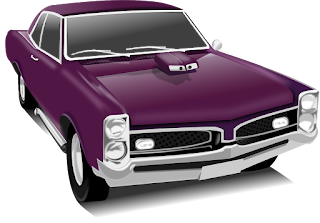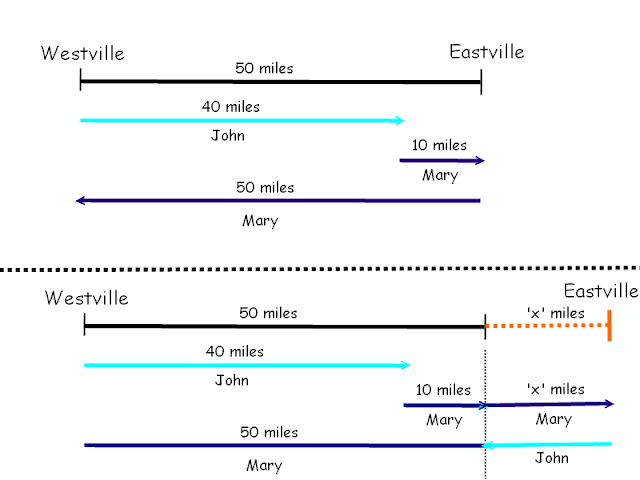Puzzle : Which one is the car thief?
A car thief, who had managed to evade the authorities in the past,
unknowingly took the automobile that belonged to Inspector Detweiler.
The sleuth wasted no time and spared no effort in discovering and carefully examining the available clues. He was able to identify four suspects with certainty that one of them was the culprit.
The four make the statements below. In total, six statements are true and six false.
Suspect A:
1. C and I have met many times before today.
2. B is guilty.
3. The car thief did not know it was the Inspector's car.
The sleuth wasted no time and spared no effort in discovering and carefully examining the available clues. He was able to identify four suspects with certainty that one of them was the culprit.
The four make the statements below. In total, six statements are true and six false.
Suspect A:
1. C and I have met many times before today.
2. B is guilty.
3. The car thief did not know it was the Inspector's car.
Suspect B:
1. D did not do it.
2. D's third statement is false.
3. I am innocent.
Suspect C:
1. I have never met A before today.
2. B is not guilty.
3. D knows how to drive.
Suspect D:
1. B's first statement is false.
2. I do not know how to drive.
3. A did it.
Which one is the car thief?
Know here who is that car thief?





















